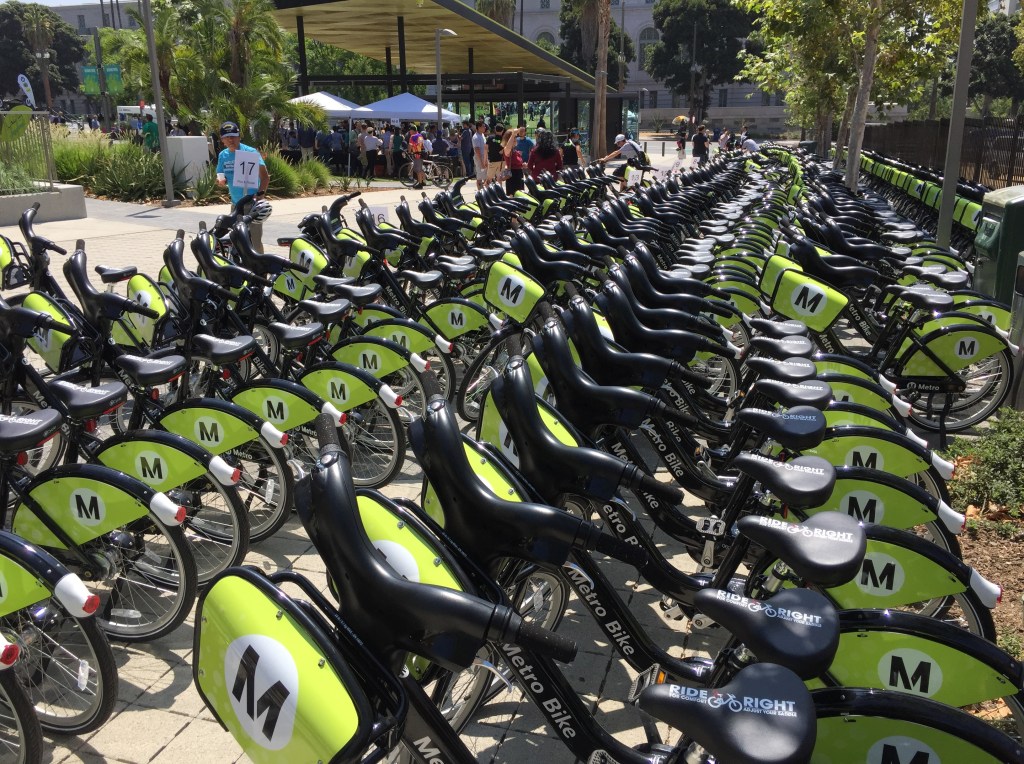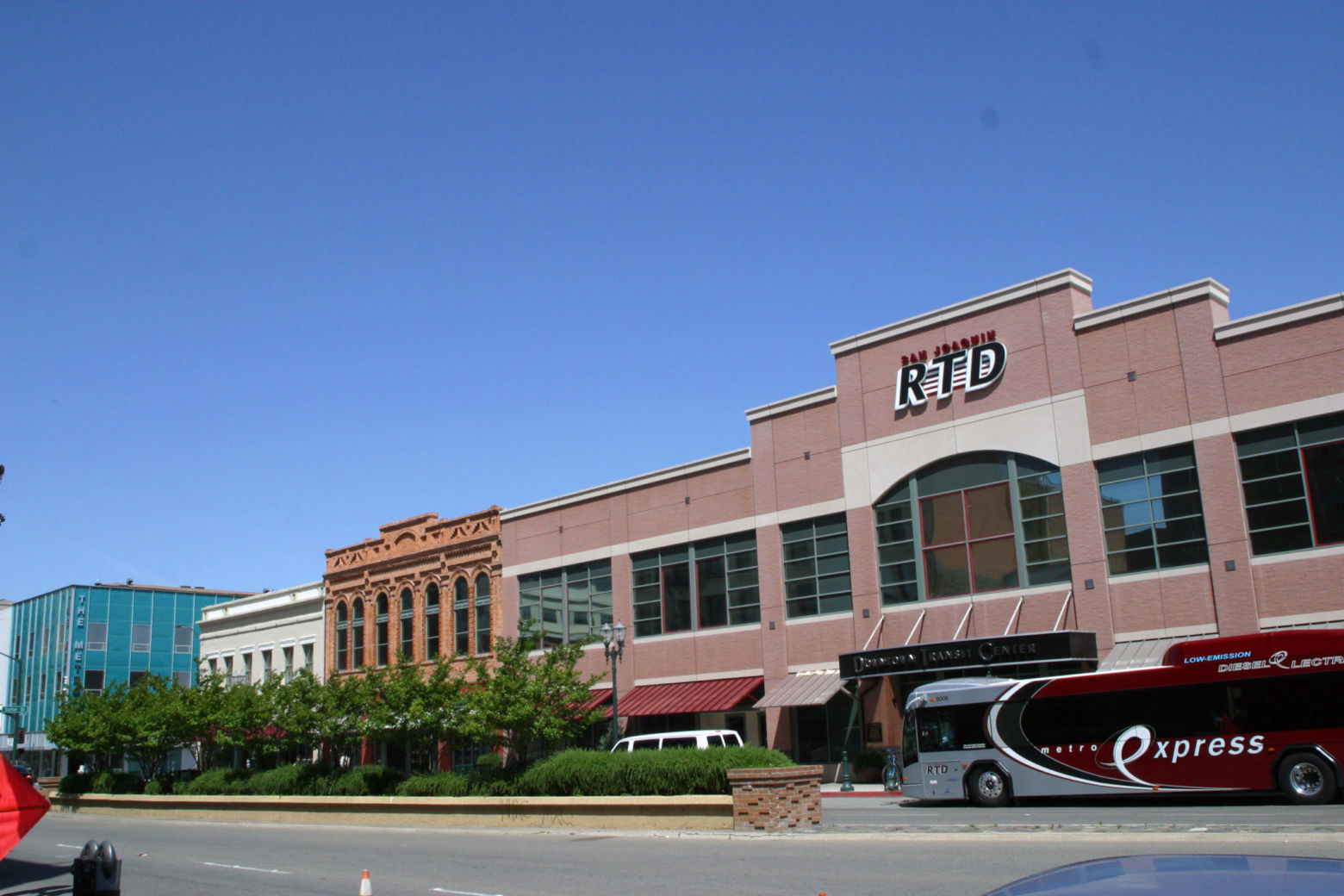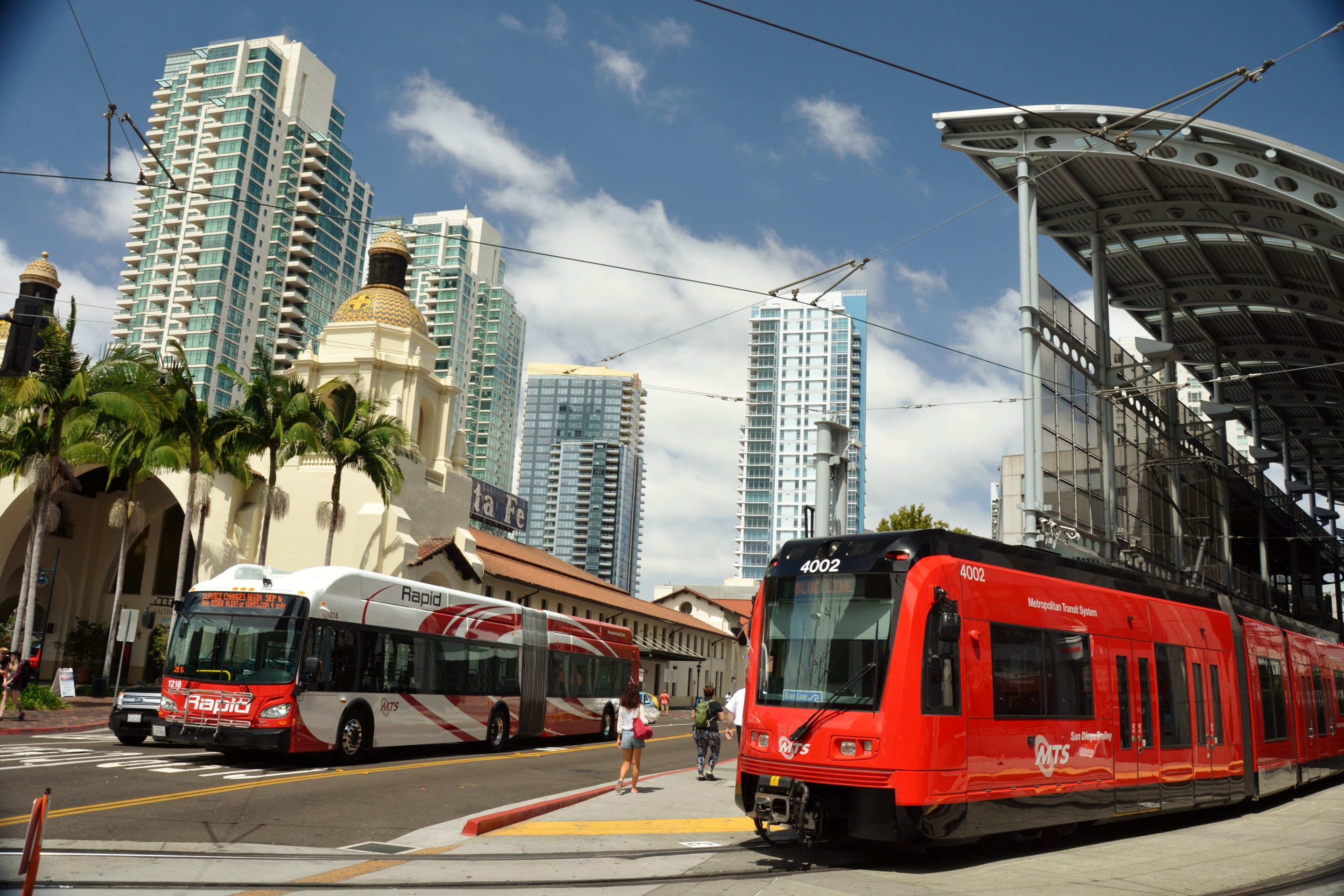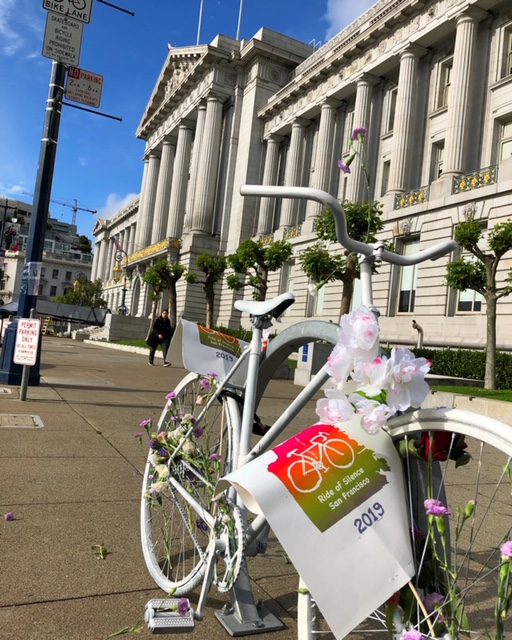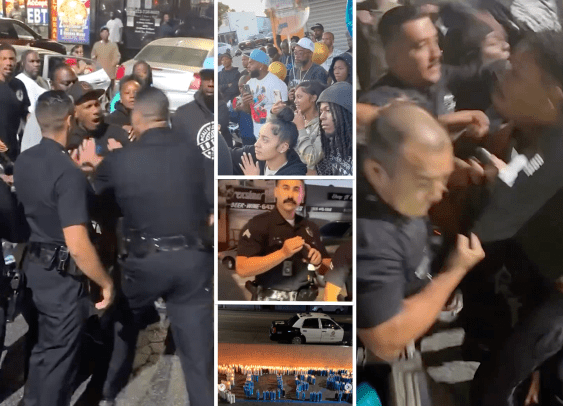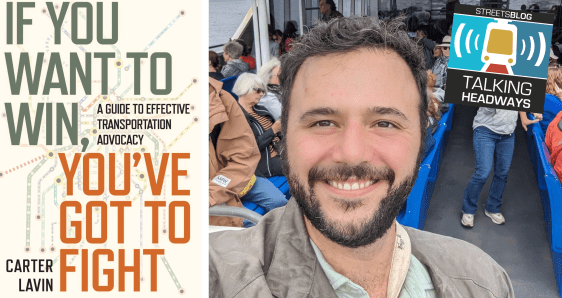The California Transportation Commission staff published its recommendation to fund three additional projects under the Active Transportation Program. Pending approval by the full board of the CTC, the money could be distributed as soon as June of next year.
The three projects are a new bicycle and pedestrian pathway in South Lake Tahoe and bike-share expansions in L.A. and the San Gabriel Valley. All three had previously applied for funding from the ATP, but did not receive any money because of the limited amount available.
- South Lake Tahoe will receive $2.9 million towards the completion of bike and pedestrian pathways that are part of a larger street reconstruction project along Sierra Boulevard.
- L.A. Metro will get $2.5 million to expand bike-share in communities near USC, South L.A., and the Expo line.
- The San Gabriel Valley COG will receive $6.85 million—most of the $7.4 million it requested—to bring bike-share to its cities.
To receive this money, projects had to qualify under the state's Greenhouse Gas Reduction Fund, which receives money from the cap-and-trade program. The GGRF has separate requirements from the rest of the ATP, including rules that projects show a reduction in greenhouse gases. They also had to show a benefit to disadvantaged communities under a different definition than the one used to score ATP projects.
That criteria limited the number of projects eligible for the current funding round, which is a one-time boost to the Active Transportation Program of $10 million as a result of A.B. 1613. The $10 million is available sooner than the ATP Cycle 3 funding awarded earlier this year, and its funds have be expended by a certain date. That means projects had to be ready to go sooner than they may have originally planned for.
CTC staff asked previous ATP applicants to send in a supplemental application if they wanted to be considered for the funding.
The GHG reduction requirements were an obstacle for some projects. To keep things simple, a decision was made early on to include only new bike and pedestrian facilities and bike-share expansion as eligible projects. This is because the Air Resources Board is still developing its tools to measure greenhouse gas reductions, and so far has only developed GHG reduction calculators for those project types.
Right off the bat the project type criteria eliminated some projects from consideration for the funding. Other projects were eliminated because they would not be ready to begin construction in time to meet the fund's deadline.
Ultimately the three projects that are recommended for funding “were good fits and could be done fast,” according to Laurie Waters, the lead CTC staffer for the ATP.
Those recommendations will need to be approved by the CTC board at its August 16 meeting.
Projects that were not funded in the ATP's Cycle 3, which will allocate funds starting in 2019, still have a chance to be reconsidered. S.B. 1 will increase the amount of money overall in the ATP, and some of that money will be available starting next year, so some projects will be funded sooner, and more projects will be funded.
Those projects will not have to show a calculation of GHG reductions, and the requirements for showing benefits to disadvantaged communities fall under ATP rules, which are a little more flexible than the state's CalEnviroScreen program. For example, under the ATP a disadvantaged community can be defined by median household income.
CTC staff are working on recommendations for projects to receive the S.B. 1 funding, and plan to announce them at the end of August.
After that, planning will begin for ATP Cycle 4. With S.B. 1, the Active Transportation Program will have much more money than it has had, and staff are considering major changes to the guidelines and the application process.
“Before,” said Waters, “we had so many applications, and we couldn't fund that many projects. We felt like we could only fund the biggest needs. In the future, we will be trying to think about changes we could make to get more transformative projects--while at the same time we will still fund those really necessary projects like closing a gap in a sidewalk.”
